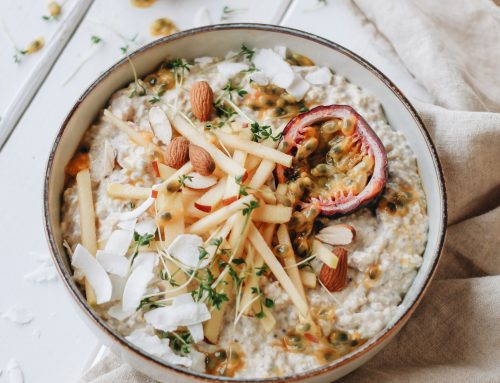Cupping therapy is an ancient form of alternative medicine in which a therapist puts special cups on your skin for a few minutes to create suction. People get it for many purposes, including to help with pain, inflammation, blood flow, relaxation and well-being, and as a type of deep-tissue massage.
What is cupping?
You can think of cupping as a “massage in reverse”. It uses suction from glass cups to lift your fascia and your muscles away from your skeletal system. The idea is that this suction helps create healthier fascia, which translates into more flexibility, less pain, swelling and better muscle recovery. It also is said improve both blood and energy flow.
Is cupping painful?
You will feel a strong suction sensation, but very rarely will you feel pain. If you have really stagnant tissue, you might experience more soreness — but not usually lasting more than 24 hours. The strength of the cups can be loosened to ensure you are comfortable so be sure to let your practitioner know how you are feeling.
What does cupping treat?
Cough, bronchial congestions, asthma, paralysis, digestive complaints, pain, anxiety, depression, back & neck pain, stiff muscles, inflammation, poor circulation, high blood pressure, skin conditions, fertility, arthritis, fibromyalgia, carpal tunnel syndrome, diabetes, anemia, insomnia, cellulite, and gout.
Does cupping cause bruising?
Cupping occasionally leaves a temporary mark resembling a bruise. However, it is not a bruise. Bruises are the result of injury to the capillaries. These marks are evidence that toxins and stagnation are being pulled to the surface of the body from the underlying tissues, restoring healthy blood flow and chi to the muscle. This stagnation can include dead blood cells, old lymph fluid, and toxins that the body has not been able to eliminate via its circulatory system.
How long will the marks last?
If any discolorations surface they are temporary, typically ranging in color from light pink to dark purple and can last anywhere between a few hours to a couple of weeks. Dynamic cupping will produce fainter marks, typically lingering no more than a day or two, whereas stagnant marks might last anywhere from three days to a couple weeks.
Are there different types of cupping?
There are two popular variations: stagnant and dynamic (moving). The former is where the cups are applied and left in place for a few minutes; the latter involves the practitioner applying an oil to your skin before putting on the cups, and then sliding them around.
For swelling in the limbs or the face, dynamic is better. For waking up tissue and recovery, stagnant is better. Your practitioner will know what is best for your particular case.
When is the best time for cupping?
If you’re making this part of a training regimen, you definitely want your treatment within 24 hours of a really hard workout. And you’ll want to give yourself 24 hours recovery from the treatment before performing again.
How often should I go?
The average person looking for detox and relaxation might want to go monthly, if you are actively training, you might want to come more frequently.
How will I feel after my treatment?
You may feel a bit drowsy after your treatment as a lot of toxins have been moved around. Be sure to drink lots of water and rest.
Is cupping safe for everyone?
While cupping is generally considered safe for most healthy adults, Cupping should not be used on patients with blood disorders. Cancer patients should also avoid it, as you never want to stimulate cancer cells to move from one area to another. And pregnant women should be cupped with extreme caution – if you are pregnant please ensure you let your practitioner know.
If you are interested in giving cupping a try, please give us a call or book an appointment online.





